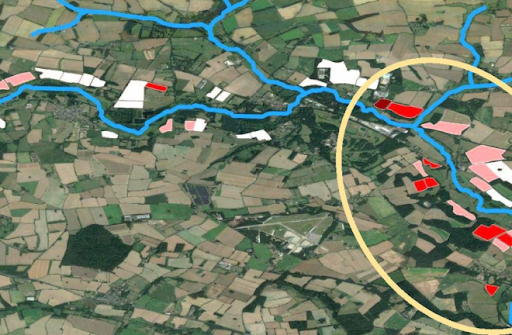Environmental efforts that have been a major part of every major government and organization around the world for the past years. Of these efforts, carbon credits have proven to be one of the most popular and effective means of countering climate change by allowing groups and individuals to offset their emissions. Now, carbon credits are set to boost the AgTech industry as demand increases.
A new type of carbon credit is now entering the market, based on agricultural soils ability to sequester carbon from the atmosphere. This is especially critical in the case of the ag industry, which has been at the center of environmental concerns for quite a while.
Studies have found that 21-37% of annual CO2, CH4, and N2O emissions are the result of agriculture and related activities, making the industry one of the major contributors to greenhouse gas emissions. These emissions are not only one of the biggest threats to the environment but also one of the most difficult to control without having a significant economic and social impact.
Agreena
With one-third of all arable farmland already having been degraded, the industry is at a crossroads amidst a looming climate crisis. But the costs of sustainable farming or ‘regenerative agriculture’ are expensive, particularly when farmers are running on thin margins. This has opened myriad opportunities for the AgTech industry to offer new means for them to do just this, with startups like Agreena leading the charge.
In 2020, the Copenhagen-based company developed one of the world’s first soil carbon platforms for farmers and has already made quite an impact in the industry. The company has more than 500,000 hectares of arable farmland under management with scalability attributed to its impressive techstack.
Bringing in significant volume of data in agriculture with advanced machine-learning and computer vision techniques, and bridging it with ground-truth field data, the company is able to measure activities within farming that sequester carbon. Using imagery and combining it with other data known from the field, and inputs, that information is provided visually as a map.
“There are millions of hectares that have not yet been analysed like this before – so there is enormous potential for us to have measurements at scale. As we continue to build a library of labelled machine-learning, we have a large high-data set – and the more data we have, the better we get at it,” says Simon Haldrup, co-founder and CEO of Agreena.
The company has set itself apart from other AgTech startups by allowing farmers to also join the growing carbon credit market, which is expected to to be worth over $50 billion by 2030. By offering the tools and strategies to improve their crops’ growth and quality, while also reducing emissions and carbon, Agreena has grown 10-fold over the last year. And with nature-based solutions such as agricultural soils estimated to account for 65-85% of total carbon credit supply, the startup’s future yields appear promising.











